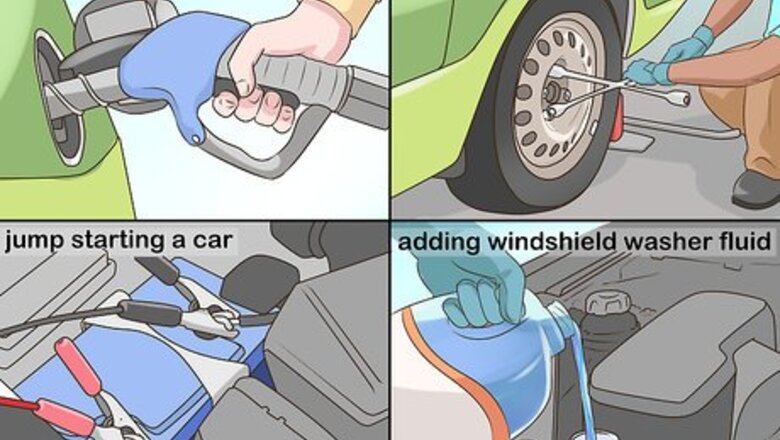
views
Gaining Knowledge About Driving
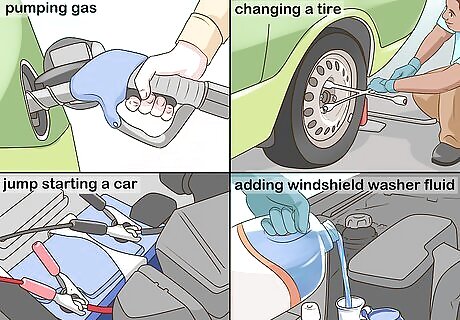
Learn driving-related tasks. Before you drive for the first time, make sure you learn all the driving-related tasks that might come up when you are behind the wheel. Being prepared for these possibilities will reduce some of the worry and uncertainty about driving. These tasks should include: Pumping gas Changing a tire Jump starting a car Adding windshield washer fluid
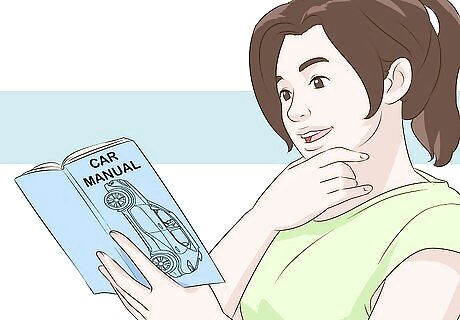
Learn about your car. Before you drive, learn as much as you can about the vehicle you will be driving so you can feel in control. Read the car manual to learn about the car’s features, where things are located, and how things can be operated. Sit in the driver’s seat and find all the basic controls, such as the lights, blinker, horn, and pedals.

Ask friends and family for stories and advice. To reduce your anxiety about driving for the first time, ask your friends and family to tell you about the first time they drove. Ask them if they felt nervous about the experience, and how they dealt with it. Request advice for how to best handle your first time driving.
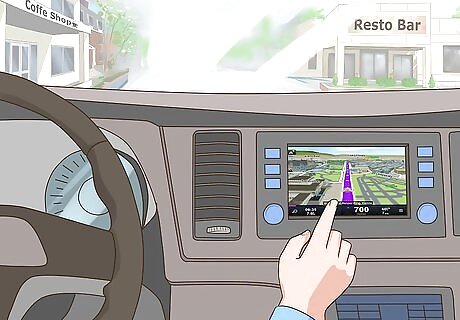
Plan out your route. To save yourself undue stress while you are driving, plan out a route before getting behind the wheel. Choose areas that you are comfortable with and know very well. Aim for streets that have minimal traffic so that you can drive carefully without dealing with impatient drivers.
Adjusting Things in the Car
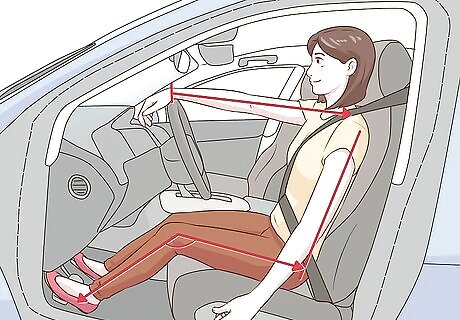
Position your seat. Before you drive, take the time to adjust the driver’s seat to make sure that your feet reach the pedals comfortably. Sit up straight and make sure that you have one heel on the floor and the the ball of your other foot pressing against the pedals. Be sure that you feel comfortable with the positioning of the seat to ensure that you drive confidently. Make sure that your knees are not excessively bent when you are sitting up straight, which can affect your ability to properly operate the foot pedals while driving.

Adjust the rear-view mirrors. It is crucial that you adjust your rear-view mirrors before driving. Look at the center mirror and adjust it so that you can see the entire rear-view window from the driver’s seat. Adjust each side mirror so that you can just barely see the car when you lean in the mirror’s direction. Check the settings of your mirrors before driving by sitting in your parked car and observing how passing cars appear in your mirrors.
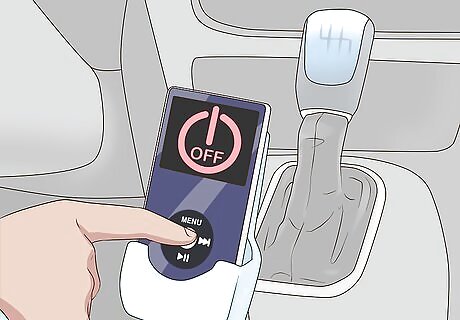
Remove distractions. Turn off your phone or put it on silent to avoid having calls, texts, or alerts startle you. Avoid driving with anyone who might distract or upset you. Leave your radio or iPod off to keep a clear head on the road.
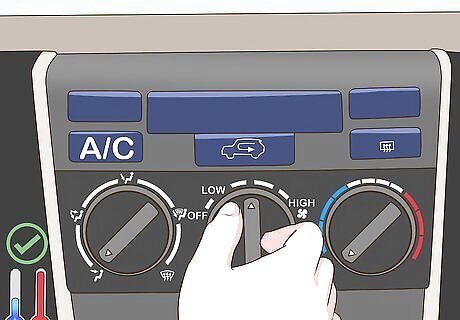
Set the temperature. Adjust the temperature settings in the car before you start driving. If the heat or air conditioning run too high while you drive, they may take your focus away from the road. Avoid playing with climate settings while you drive to avoid a possible accident.
Reducing Your Anxiety
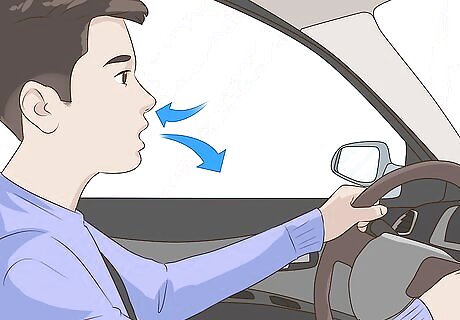
Take long, relaxing breaths. To relax yourself and gain more focus before driving, take a moment to do a breathing exercise. Take a deep, slow breath in and hold it for four counts, then slowly release the air through your mouth. Repeat the exercise four times until you are feeling calmer.

Have a close friend or family member in the car with you. To alleviate some anxiety, choose someone trustworthy to be your passenger when you drive for the first time. Ask a close friend or family member who is a good driver to ride with you so that they can guide you through the experience. Avoid choosing anyone who causes you stress or gets impatient, which can make the experience difficult.

Avoid driving at night. Driving at night can be difficult because of reduced visibility. Avoid nighttime driving when you first get behind the wheel and opt to drive during the day instead, when people, signs, and other cars are clearly visible. Wait until you are more comfortable driving to do so when it is dark outside.
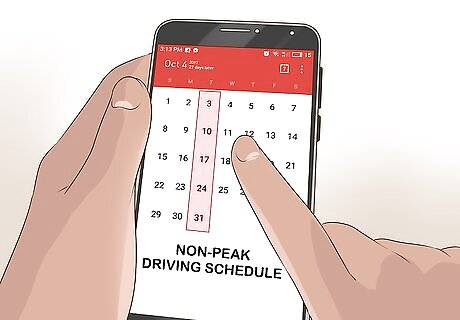
Drive during non-peak times. To reduce stress, choose to drive during a time of the day and week when there is minimal traffic. Opt to drive in the middle of the week rather than on the weekend, when there are many more cars on the road and a higher risk of accidents. If possible, drive midweek during the day, when there is a lower risk of accidents.













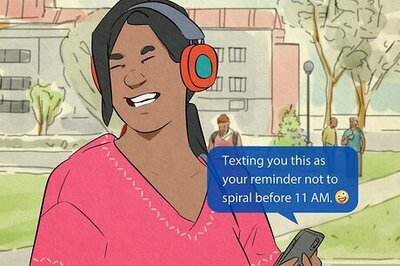



Comments
0 comment